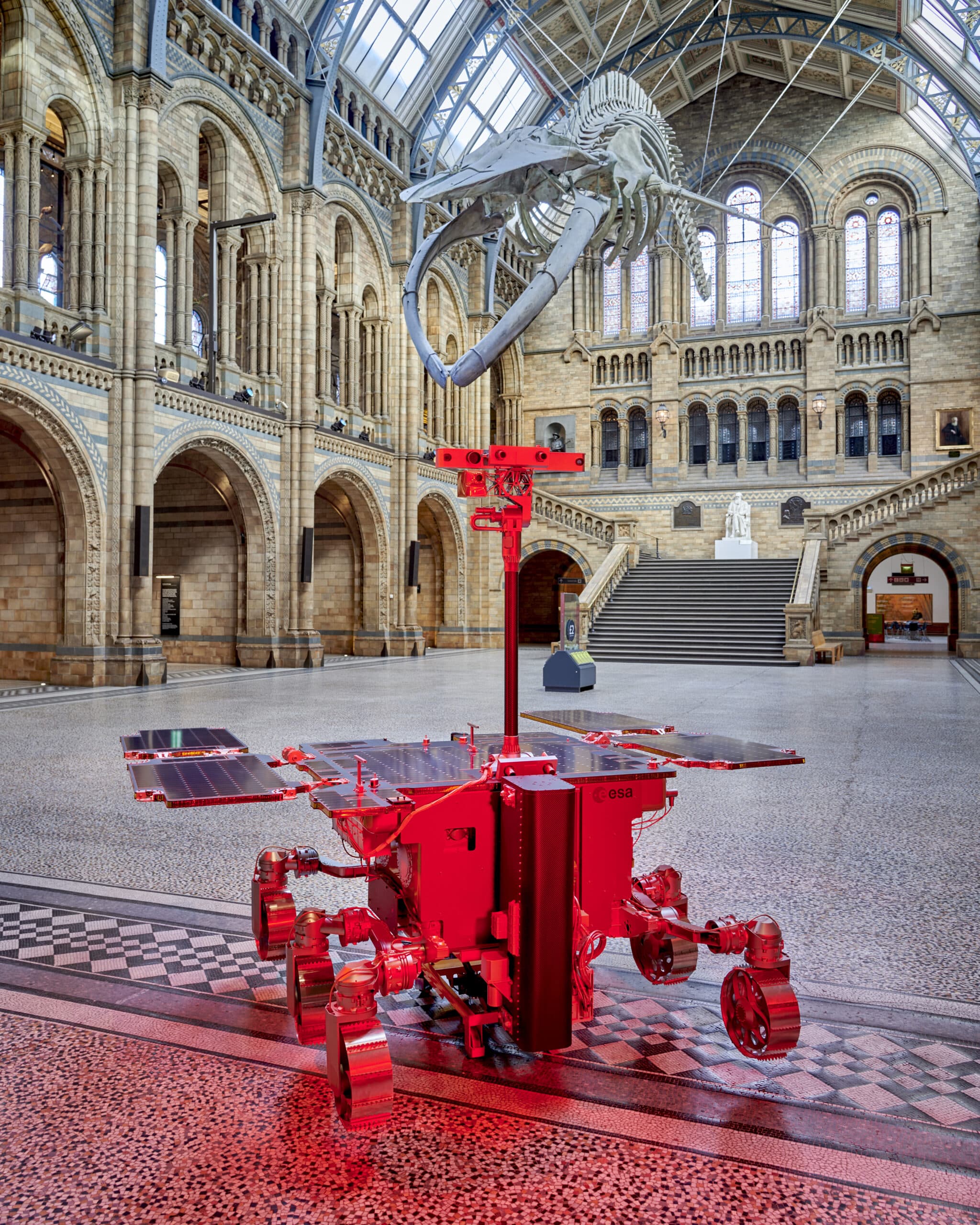In Conversation With…Caroline Smith, Head of Collections and Principal Curator of Meteorites at the Natural History Museum
April 2025

Caroline’s childhood holidays in Montana inspired her path into Geology: “When I was young my parents and I spent a few idyllic holidays visiting family friends who lived on a ranch at the foothills of the Rocky Mountains. I had the freedom to roam the land, and I spent all-day bashing rocks with a hammer, hoping to find dinosaur bones or gold.”
Caroline grew up in Middlesex, UK and loved science at school. She wanted to become an aeronautical engineer, following in her parents’ footsteps who both worked for Pan Am. She studied Maths, Physics, and the lesser-known subject, Geology at A level: “I ended up detesting Maths, Physics was getting very hard, but I loved Geology. So, I had to rethink becoming an aeronautical engineer.” In 1994, she started her bachelor’s degree in Geology at the University of St Andrews, but kept her options open by applying to join the British Airways management training scheme.

Halfway through her degree she hurt her knee and underwent a major operation during her final summer as a student: “I was so envious of my fellow Geology classmates who were focusing on field work in the Scottish Highlands and other more exotic places. It was deemed too risky for me to go on a similar adventure. But I got lucky, my tutor had connections with the Natural History Museum (NHM) and found me a position classifying meteorites. It was amazing, from discovering the secret bits of the Museum, to working in labs and studying all these rocks.”
Despite her reservations about following the academic path after her graduation, a colleague of the NHM convinced her to pursue a PhD in Meteorite Analysis at the Open University: “I still thought I was not going into academia, but I earned my doctorate and look at me now!”
After post-doctoral experiences at the NHM and the University of Glasgow, she was offered her dream job as Curator of Meteorites at the NHM and re-joined the team in 2005. Of her plus 20 years at the museum, she says: “I have had an incredible time working here. One of the great joys is working with amazing people.”
After many years of lobbying for an exhibition on the Solar System and Meteorites in space, Caroline was given the green light to curate the exhibition Space: Could Life Exist Beyond Earth?, opening on 16 May: “The theme captured the imagination of the team at the Museum. It’s something a little different for us, people still don’t realise we have about 400 scientists conducting research at the Museum. So, it’s a great opportunity to highlight the Museum’s Meteorites Collection and our collaborations with international space agencies to help them develop space exploration missions.”
When asked about a favourite piece in the exhibition, Caroline highlights a few: “Certainly a major object is the ESA ExoMars Rosalind Franklin Rover model, which is a full-size model of the Rosalind Franklin Rover, due to launch to Mars in 2028. There are also different meteorites that are going to be on display: we have a meteorite from Mars, a meteorite from the Moon, and a meteorite from an asteroid called Allende, which is the oldest thing you will ever touch, at 4567 billion years old it is older than our Earth.”
On the impact of funding science exhibitions like Space, Caroline comments: “It’s incredibly valuable to us. It gives us the ability to encourage our audiences to become advocates from the planet, and to try and demystify science. Science is for everybody, and it brings so much enjoyment and enormous benefit to society. Generous donations also help us acquire star specimens for research and make fundamental discoveries.”
HFF is supporting Space: Could Life Exist Beyond Earth? with a grant of £250,000.